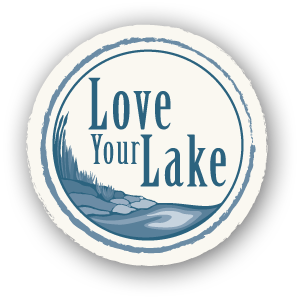Love Your Lake Success!
The Love Your Lake program has been running since 2013. During this time, we have successfully assessed 229 lakes and 52,252 shoreline properties.
Province
# of Lakes Assessed
# of Properties Assessed
Why
Love Your Lake
Matters
Why is it Important
to Protect Your Lake
Lake Data
Upland areas need to be managed as well as shorelines to ensure a properly functioning riparian area (this is the area of land just before the shoreline)” (Committee on Riparian Zone Functioning and Strategies for Management, Water Science and Technology Board, National Research Council, 2002).
The Great Lakes contain 18 per cent of the world’s fresh water” (Environment Canada, 2013).
One pound of phosphorus can produce up to 500 pounds of algae growth once washed into a lake” (Henderson, Dindorf, & Rozumalski, 1998).
A 60 per cent canopy cover along a shoreline is required to maintain effective temperature control of the water” (Environment Canada, 2013, p. 49).
As much as 90 per cent of the animal species who live in lakes either pass through or live in the littoral zone [the areas close to shore]” (Fisheries and Oceans Canada, 2011, p. 8).
“Natural riparian corridors are the most diverse, dynamic, and complex biophysical habitats on the terrestrial portion of the Earth” (Naiman, Decamps, & Pollock, 1993, p. 209).
As watershed imperviousness (unnatural surfaces, i.e., concrete walkways) surpassed 10 per cent, there was a rapid decline in fish habitat and channel stability of riparian zones” (Environment Canada, 2013, p. 54).
Habitat degradation and impaired riparian conditions have been associated with 90 per cent of the observed extinctions and declines of salmon in the Pacific Northwest” (Committee on Riparian Zone Functioning and Strategies for Management, Water Science and Technology Board, National Research Council, 2002).
Join our community
Stay up-to-date on the Love Your Lake program by receiving free updates on Canada’s lakes and rivers.
Program co-ordinated by:



